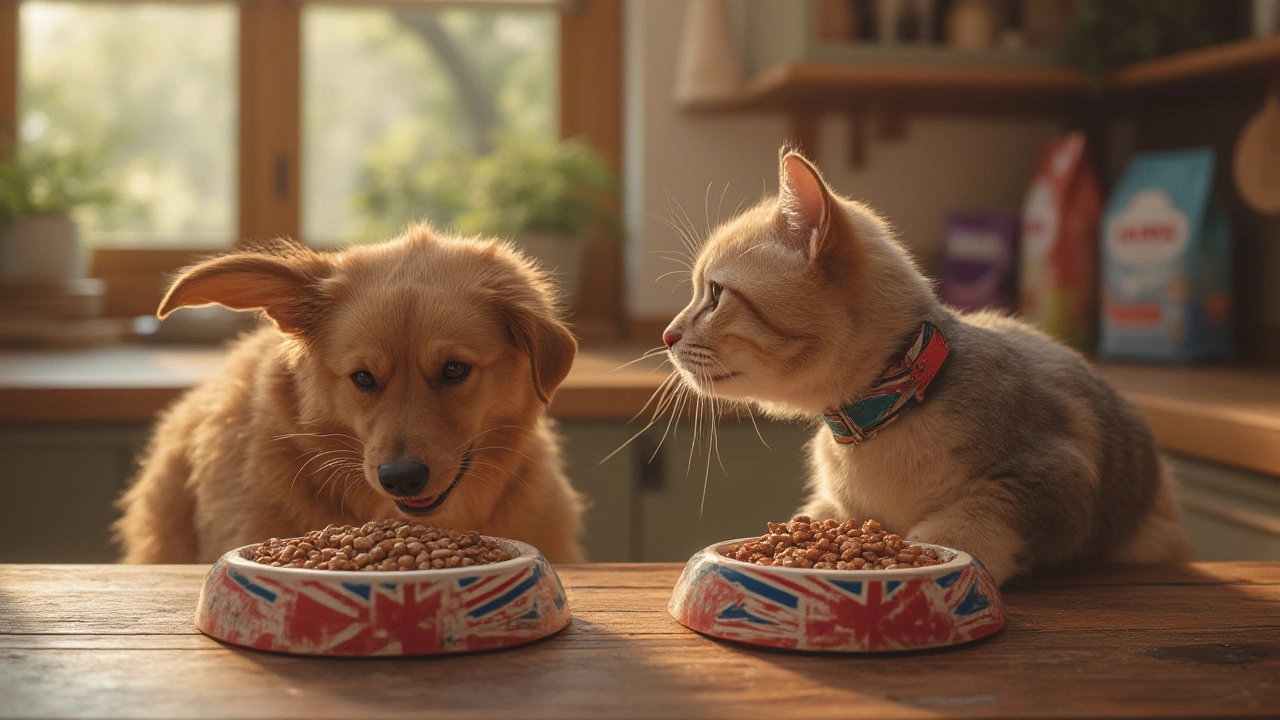Pet Food Comparison Made Easy
Feeling overwhelmed by endless dog and cat food options? You’re not alone. Most owners skim a label and hope for the best, but a quick comparison can save money and keep your pet healthy. Below you’ll get straight‑forward steps to spot quality, avoid junk, and pick the perfect meal for your furry friend.
Key Factors to Look at When Comparing Dog Food
First, check the ingredient list. Real meat should be the first item, not “animal digest.” Look for whole‑food carbs like sweet potato instead of corn or wheat. Next, glance at the protein % – most adult dogs thrive on 18‑25% protein, while active or working dogs may need more. Don’t forget the AAFCO statement; it proves the food meets minimum nutrition standards. Finally, note any added fillers, artificial colors, or unnecessary preservatives – keep those to a minimum.
Quick Tips for Comparing Cat Food
Cats are obligate carnivores, so the protein source matters even more. Tuna, chicken, or turkey should top the list, and the food should contain taurine – a vital amino acid cats can’t make themselves. Moisture is another big deal; wet food helps with hydration, while dry food is great for dental health. As with dogs, look for a clear AAFCO label and avoid excessive grains or plant‑based proteins.
Now that you know what to hunt for, let’s talk about the real‑world tools you can use. Online reviews are gold mines, but differentiate between genuine user feedback and marketing fluff. Look for posts that mention specific pros and cons, like “my dog’s coat improved” or “my cat refused to eat.” Our tag page groups the most reliable articles together – for example, the Nutro review breaks down ingredient quality, safety recalls, and budget alternatives.
Another handy trick is to create a simple spreadsheet. List each brand, protein %, main meat source, grain content, price per kilo, and any special claims (grain‑free, limited ingredient, etc.). Rank each factor based on what matters most to your pet – maybe you prioritize low‑allergen formulas for a sensitive dog or high‑moisture for a senior cat.
Don’t forget the vet’s advice. Even the best‑looking label can clash with a specific health condition. If your dog has kidney issues, you’ll need lower phosphorus; a cat with obesity benefits from lower calories and higher fiber. A quick chat with your veterinarian can narrow down the list dramatically.
Our tag page, "pet food comparison," pulls together dozens of articles that walk you through these steps. From the science‑backed "Is Feeding Dogs Once a Day Safe?" to the practical "How Long Should Dog Training Sessions Last?" – each post adds a piece to the puzzle. Use the search bar to filter by keyword, like "dog food comparison" or "cat nutrition," and you’ll land on exactly what you need.
Finally, remember that pet nutrition isn’t set‑and‑forget. As your dog ages or your cat’s activity level changes, revisit the comparison and tweak the diet. The right food today might not be the best choice in six months. Keep an eye on weight, coat condition, energy, and digestive health – those are the real feedback loops.
Ready to start comparing? Dive into the articles below, grab a notepad, and give your pet the food they deserve without the guesswork.

Purina vs IAMS: Which Dog and Cat Food Brand Is Better for Your Pet?
Curious whether Purina or IAMS suits your pet best? Dive into a detailed, unbiased comparison, uncover ingredients, quality, price, and which brand fits your pup or kitty.
View more